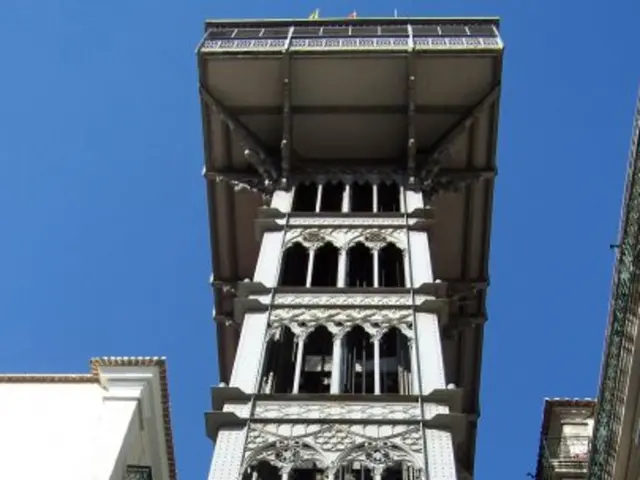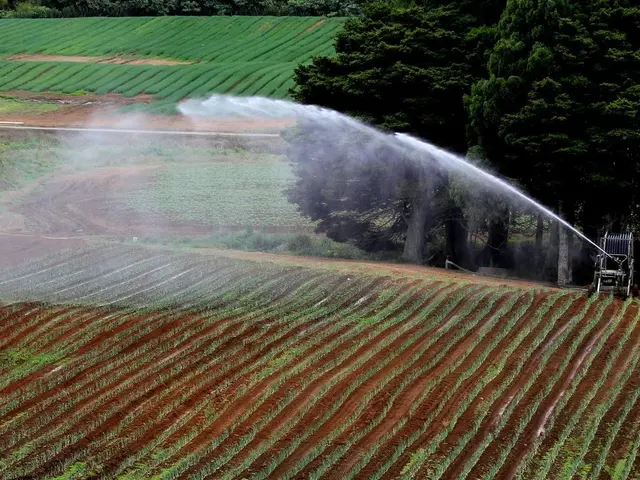Enhancements to the US power transmission network are essential for facilitating the shift towards electric vehicles, according to Northwestern University.
As the United States (USA) accelerates its transition towards electric mobility, investments in the nation's transmission grid are essential to maximise environmental benefits, a new study by Northwestern University reveals. The rapid rise of electric vehicles (EVs) is a cornerstone of the US strategy to combat climate change, but the findings highlight an often-overlooked truth: decarbonising transportation isn't just about replacing gas-powered cars with EVs or increasing wind and solar capacity. The transmission grid must be upgraded in tandem to deliver that clean energy where it's needed.
The US transmission grid operates like a highway for electricity, carrying power over long distances from remote generation sites to urban areas where demand is highest. However, limited transmission capacity means that the abundant renewable electricity produced by wind farms in the Midwest and solar arrays in the Southwest can't always reach cities efficiently.
In an ideal world with a fully upgraded transmission grid, the shift towards EVs would eliminate nearly all transportation-related carbon dioxide emissions. Under current grid conditions, about one-third of these potential emissions reductions are lost. Strengthening interregional connections and improving coordination would allow clean energy to flow more freely across the country, ensuring that renewable electricity powers EVs regardless of where it is generated.
A modest 3 to 13% increase in transmission capacity could unlock the full climate benefits of EV adoption. Grid congestion becomes a significant issue in scenarios with high EV adoption, especially in urban centers where EV charging demand is high but the clean energy needed to power those chargers is often generated hundreds of miles away. Without these infrastructure improvements, the nation risks missing a critical opportunity to cut emissions, even in a future filled with electric cars.
The US grid is divided into three largely independent regions - Eastern, Western, and Texas. Limited ability to transfer power between these regions creates additional inefficiencies. The entities responsible for strategic transmission capacity expansions of the electricity grid are primarily the transmission system operators (TSOs) and regional transmission organizations (RTOs), such as Amprion for parts of the grid. These operators plan, invest in, and implement grid upgrades and expansions to increase capacity and reliability.
Grid congestion is a serious obstacle in scenarios with high EV adoption, preventing clean electricity from reaching EV chargers in many parts of the country. Instead of clean energy, the grid turns to nearer, and dirtier, fossil-fuel power plants, increasing carbon emissions despite a growing EV presence. In every scenario with high EV adoption, grid congestion becomes a significant issue, especially in urban centers where EV charging demand is high but the clean energy needed to power those chargers is often generated hundreds of miles away.
Investments in the transmission grid will be essential to maximise the environmental benefits of the US's transition to electric mobility. The study's most comprehensive simulation imagined a future where all gasoline-powered vehicles in the US were replaced with EVs and renewable energy generation equalled that of fossil fuels. Without these infrastructure improvements, this shift would only reduce emissions by two-thirds, falling short of the nation's climate goals.
The need for grid upgrades is clear. The transition to electric mobility, combined with the expansion of renewable energy sources, presents both a challenge and an opportunity. With the right investments, the US can unlock the full potential of its clean energy resources and significantly reduce transportation-related carbon dioxide emissions.
Read also:
- Emerging Investment Trends in China's Ethical Finance Sector for 2025
- Celebrated Title: Cheesemakers Blessed Upon
- Construction and renovation projects in Cham county granted €24.8 million focus on energy efficiency
- Trump challenged in court over halting billions in funding for electric vehicle charging infrastructure








